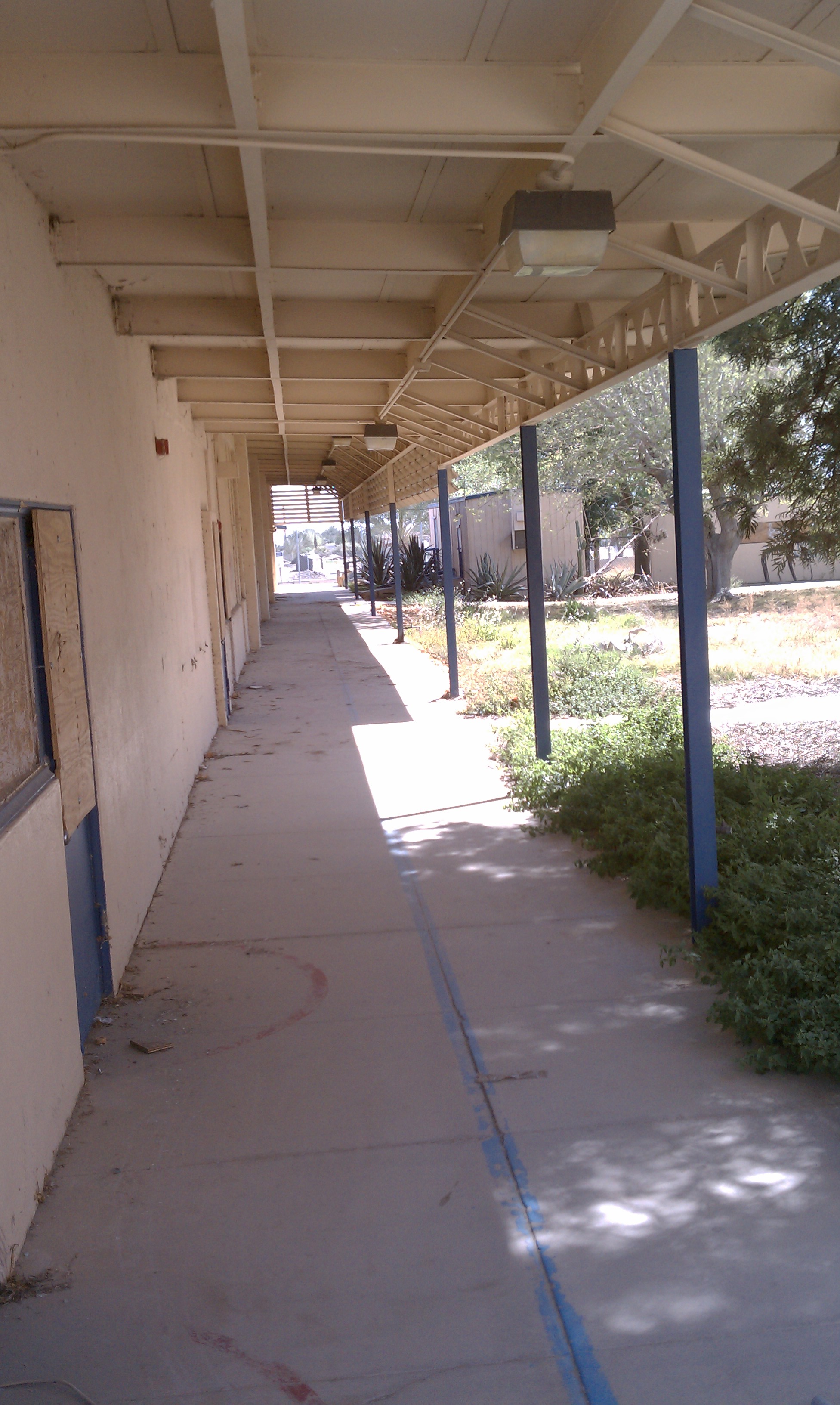By Roger Wallenstein
Third of a four-part series. Previously: Part One, Part Two.
I taught for nine years at Chicago’s Francis Parker, as polar opposite from Oasis Elementary as you can get. It is urban vs. rural, rich vs. poor, private vs. public, varied curriculum vs. narrow curriculum, and primarily white vs. Latino. I could go on, but you get the picture.
Parker students enjoy material, monetary and cultural gifts that would be incomprehensible to kids at Oasis. However, I always thought that in addition to meaningful and venerable traditions and rituals at Parker, what set the school apart from most others was what went on once the teacher closed his or her classroom door and went to work.
It matters not how bright, eager, and advantaged the students are, nor how fancy and complete the facilities; learning doesn’t occur unless a competent, dedicated teacher encourages and leads the students on the path to scholarship and enlightenment.
In this regard – despite test scores, lack of funding, and demographics – Oasis does just fine.
“Good teaching is an art and it’s a way of doing things,” says Oasis principal Dora Flores. “It’s not just theory and philosophy. They need to be able to know how to do it. Some of it [learning] has to do with the students, but a lot of it has to do with the teacher. The teacher walking in and knowing exactly what they’re going to be doing so there’s no lagging time because a lot of the problems happen if you’re not prepared. Your students are going to notice it.”
The respect accorded to teacher Ramiro Zamora in our classroom is reflected in the work ethic and attitude of the students. All 17 know what’s expected, and, in my observation, the kids are honestly focused on becoming better readers and writers.
Perhaps a testament to the dedication and loyalty of the students occurred one December morning when Mr. Zamora wasn’t even there. He was attending an in-service workshop, yet the children gave the substitute the same kind of respect that they give Mr. Zamora. As usual, they were engaged, polite, and hard-working.
They also had learned the Hawaiian Christmas song “Mele Kalikimaka” for a holiday performance for the parents. This was one of the few times I’d seen the students doing anything but the prescribed curriculum.
The substitute had each student make a faux lei out of construction paper, cutting out flowers which were printed on little squares of paper, then stringing the flowers together. At the close of class Judy and I asked the kids to sing the song for us. They all immediately broke out into the melody, albeit some starting at one place and others somewhere else. They were boisterous, laughing, having fun and eager to show us what they had learned. Later I found out that people like Bing Crosby and Bette Midler had recorded the song, but no way could they have sung it with as much energy and enthusiasm.
No standardized test measures this kind of feeling in a classroom, nor student attitudes, or the effect that the school has on its students and families.
* * *
Oasis moved to a new building three years ago from the original school less than a mile away. According to Mr. Zamora, the old building―built almost a century ago―had structural, plumbing, and electrical issues. The present school is modern, bright, technologically hip, and, well, new.

Meanwhile, the original building is covered with gang graffiti and overgrown with weeds as the district tries to sell the property.

But the spirit and life of the old building remain alive. “I kept saying I don’t want to leave the old Oasis,” remembers Lupita Cuevas, the school’s secretary and an alumnae of Oasis. “The [old] school is so full of memories.”
Lupita’s mother also attended Oasis, and Lupita has a son in first grade and a daughter who will be at Oasis next year as third-generation students.
“You went to school with this group of students, and the students and their families became like your family,” she reflects. “It was such a close-knit community.”
Thinking back to Francis Parker, in the auditorium in capital letters above the stage is written, “A school should be a model home, a complete community, an embryonic democracy.” I’m not sure about the last item, but the first two have commonality with Oasis even though life has changed in the Coachella Valley.
“It’s [the school] somewhat the same, but now there are a lot of trailer parks in the area, and students come and go too quick compared to what it used to be back then,” Lupita relates. “But parents come into the office to find out what’s going on not only in the school but in the area. We are like their community center. They seek our help.”
Even though the school provides a number of social needs for its families, the pressure to raise test scores always lurks just below the surface at Oasis. Dora Flores is a realist.
“[We take] the same tests as the ones in Hollywood,” she says. “Same standards, same expectations, and we get judged the same way. That’s the reality of politics. We’re not meeting AYP [Adequate Yearly Progress] expectations because they keep growing, but we are making steady progress. We’ve met the safe harbor.”
Of course, guiding that boat into calm waters requires capable, knowledgeable captains. In his foundation’s annual letter, Bill Gates writes, “Research shows that effective teaching is the most important in-school factor in student achievement. There are a lot of great teachers in public schools, and a lot of teachers who want to be great but don’t have the tools they need. If we could make the average teacher as good as the best teachers, the benefit to students would be phenomenal.”
Ariana Huffington adds, “Teacher effectiveness is the single most important factor driving student performance, with top teachers able to boost the test scores of students up to 50 percentage points above the scores of those under the tutelage of the least-effective instructors.”
* * *
One morning Angel was concentrating on a worksheet with sentences containing words like migrate, travel, and national. I suspected he didn’t fully understood the words which came from a text he had just read.
I asked him what kind of animals migrate, and he immediately said, “Birds.” I was pleasantly surprised by the quick response, and Angel wrote a sentence about birds migrating.
But national was more difficult. I asked him if he ever heard of a national park. I was thinking about Joshua Tree, which is only about 20 miles from the school. However, because of Angel’s life experience, Joshua Tree might as well have been in another galaxy. The connection between the word and the entity was so difficult for Angel. You could almost see his brain working to make connections out of words and ideas in a unfamiliar language.
Angel is in good hands at Oasis with caring adults to guide him and peers who are supportive, trustworthy, and friendly. But when he sits down to take a standardized test, he’s alone. Whether he can use a word like national in a sentence is the only thing that matters. There will come a day when Angel will be able to create that sentence. But will that day come soon enough?
–
Comments welcome.
Posted on March 28, 2012


